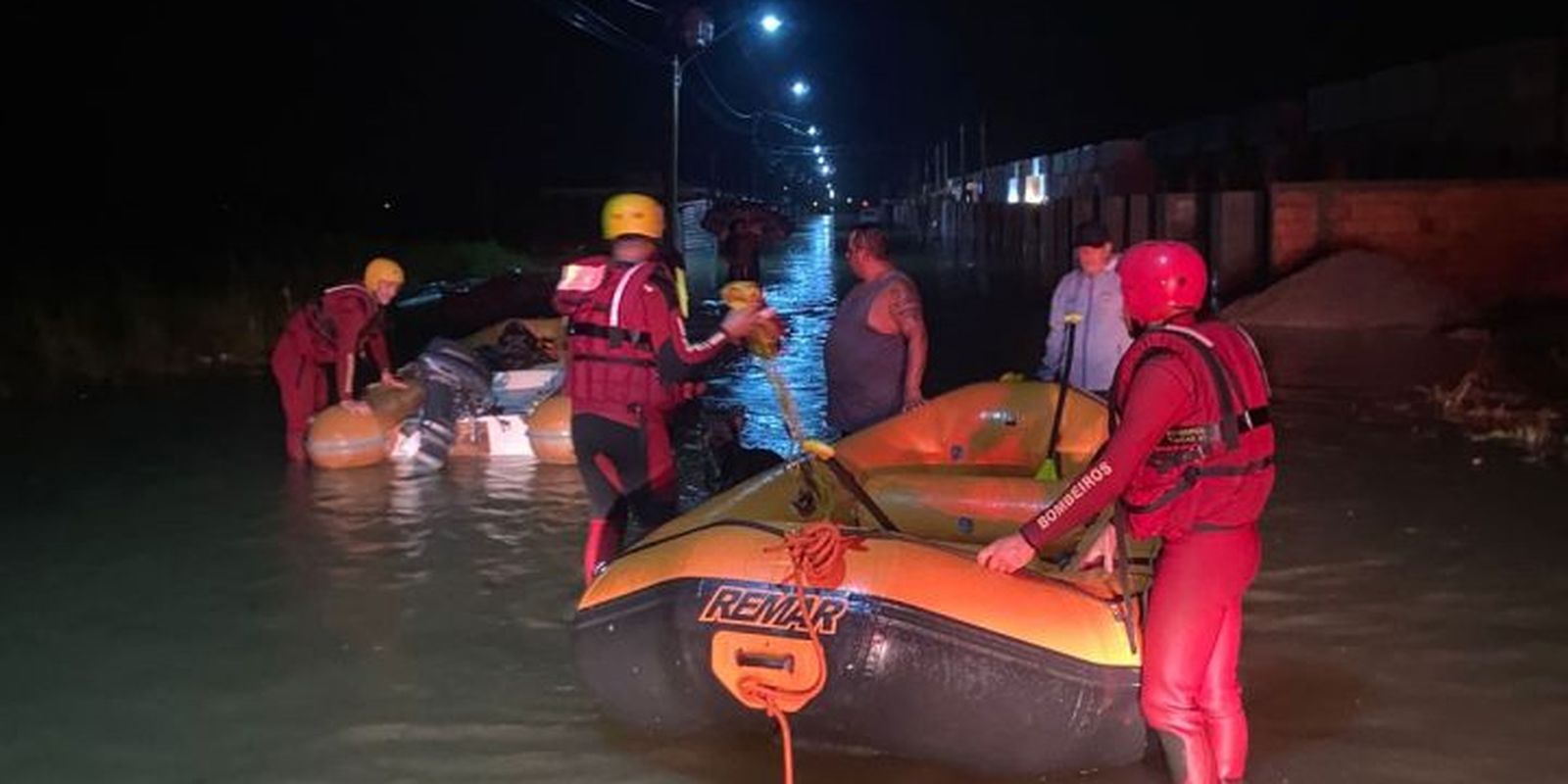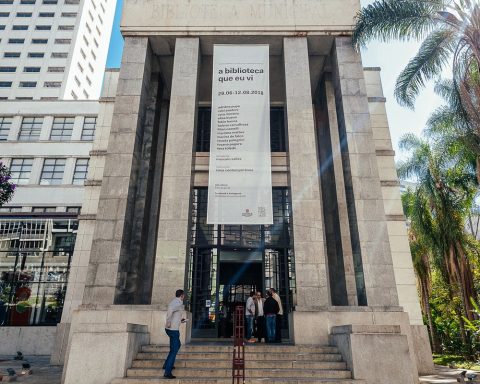The public administration has a duty to indemnify the victims of flooding that suffered damage, as the State’s responsibility follows the theory of administrative risk, that is, it is not necessary to prove that there was guilt or intent by the city or state government or federal. The understanding is by consumer law lawyer Daniel Garroux, who also says that the most likely response of public administration may be that the rains that caused the flooding and damage was inevitable and unpredictable.
“Although rain is inevitable, the consequences of rain could have been avoided if the city had, for example, a drainage plan. Sao Paulo does not have! And we see buildings nonstop. So there is nothing unpredictable where we always see floods. In addition, year by year, we see the UN climate panel [Organização das Nações Unidas] Warning that extreme events will become increasingly intense, frequent and that cities need to prepare, ”he said.
Without citing any specific management, Garroux understands that the authorities should already be preparing the state capital for these climate events. But, according to the lawyer, [o poder público] It walks in the opposite direction when weakening the city, making the soil increasingly impervious by the verticalization promoted, especially in the neighborhoods with strong real estate speculation.
“Then the responsibility of the administration would be configured by the omission, because it did not take the necessary precautions to prevent this extension of damage to occur,” he explained.
For Garroux, one of the possibilities for seeking reparation for intense losses is to file individual actions in the Special Court or Common Justice, or collectively, with a group of people who come together to defend the same rights. It also recommends going with a public civil action, but in this case he says that a legitimate entity or an association that has been working for over a year to mediate the process.
“The State can be required to indemnify the damage or even to take the necessary measures so that the flooding is not repeated. And people need to know that they are entitled to be repaired by damage and that management has to respond cannot omit. And which is an obligation of the administration drain and managing rainwater. The population has to claim this, and I believe that the function of the judiciary should also be this. ”
The Legal Director of the Institute of Consumer Protection and Taxpayer (IDC), Renata Abalem, agrees with the lawyer’s thesis, and emphasizes the case of Rio Grande do Sul, which after last year’s floods registered more than 5,000 lawsuits filed Until June 2024 by citizen defense entities, associations and prosecutor requesting compensation to the public administration.
“The number of lawsuits against the state and the municipalities is so large that the CNJ [Conselho Nacional de Justiça] He even created a panel on the subject. The Court of Justice website provided a subject on the PJe [Processo Judicial Eletrônico] to facilitate the registration of actions ”.
Renata notes that the vast majority of actions follow the bias of lack of prevention, a contingency plan, infrastructure maintenance, the omission of the public power regarding the technical and subjective part to deal with the flood, and the lack of effective warnings to the population.
“The actions are happening to the hundreds, and there are several requests for moral damages, material damage. In most actions, especially in public collectives and civilians, it is [apresentado] A large amount of documents, of technical allegations. And from the moment there is evidence about this, the government will have to answer for the damage it caused for neglect, the omission and other situations, ”he said.
For Renata, there is yet another point of view that is the responsibility of the government for failure to assist citizens, the delay or insufficient assistance to victims, such as lack of shelter, lack of water, lack of medical attention. “For example, we saw that water scene entering the subway in Sao Paulo. It shows insufficient care of those people. There should be a contingency plan to remove those people from there. And did those people who stayed at the mercy of dirty water have medical examinations, took medicine to prevent or to remedy a possibility of diseases? Has the government provided this? ”He said.
Idec’s executive director, Igor Britto, is also based on the example of Rio Grande do Sul, so that the victims of floods are reimbursed, where the decisions of the Court were based on the understanding that the responsibility for damage in various regions, cities and various neighborhoods are from the public power.
According to him, the logic of state responsibility for certain situations was never a simple thing to define, which is why the STF [Supremo Tribunal Federal] Make decisions in proceedings that take time to be judged, discussing these specific issues.
“We do not have a specific federal law for this, but we have an article in our Constitution that says the state is responsible for the actions or omissions of its public agents. The Supreme Court has already consolidated that this responsibility is objective, that is, the citizen does not have to be proving which state agent who acted with negligence or recklessness and did not take the appropriate measures. In theory, the citizen does not have to prove who stopped acting. But the problem is that the aforementioned citizen has to prove a relationship between the flood and something that the public power should have done, ”he explains.
Britto stressed that in some places this situation is difficult to prove, but in others, such as areas where floods are recurring, it is very easy. In such cases, the country’s courts understand that the state’s responsibility is more than evident, because it is known that every year it will happen.
“What is inadmissible is that the authorities know that that population is at risk of flooding and taking no measure, allowing them to be repeated every year. And what is making this more complex is that the risk of floods is becoming more severe, higher, with the whole city being hit. ”















